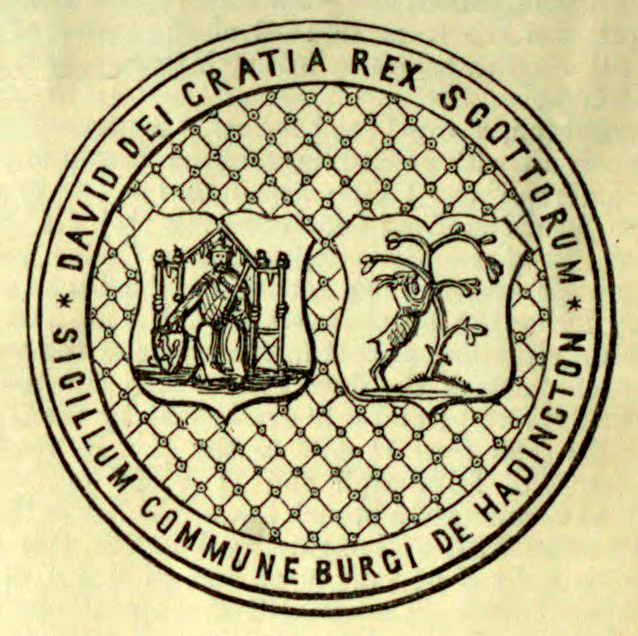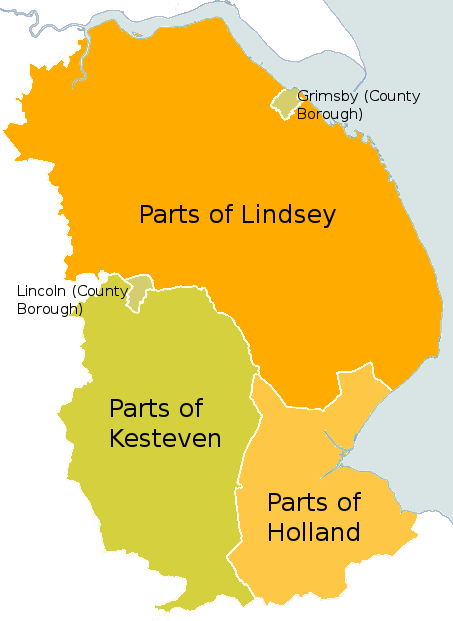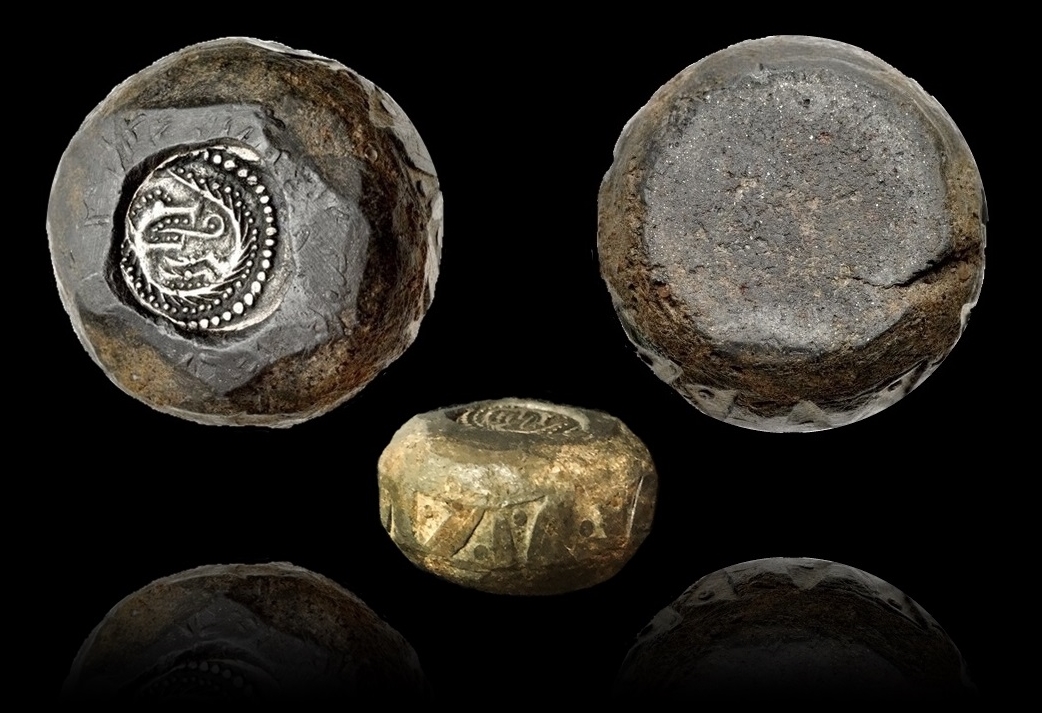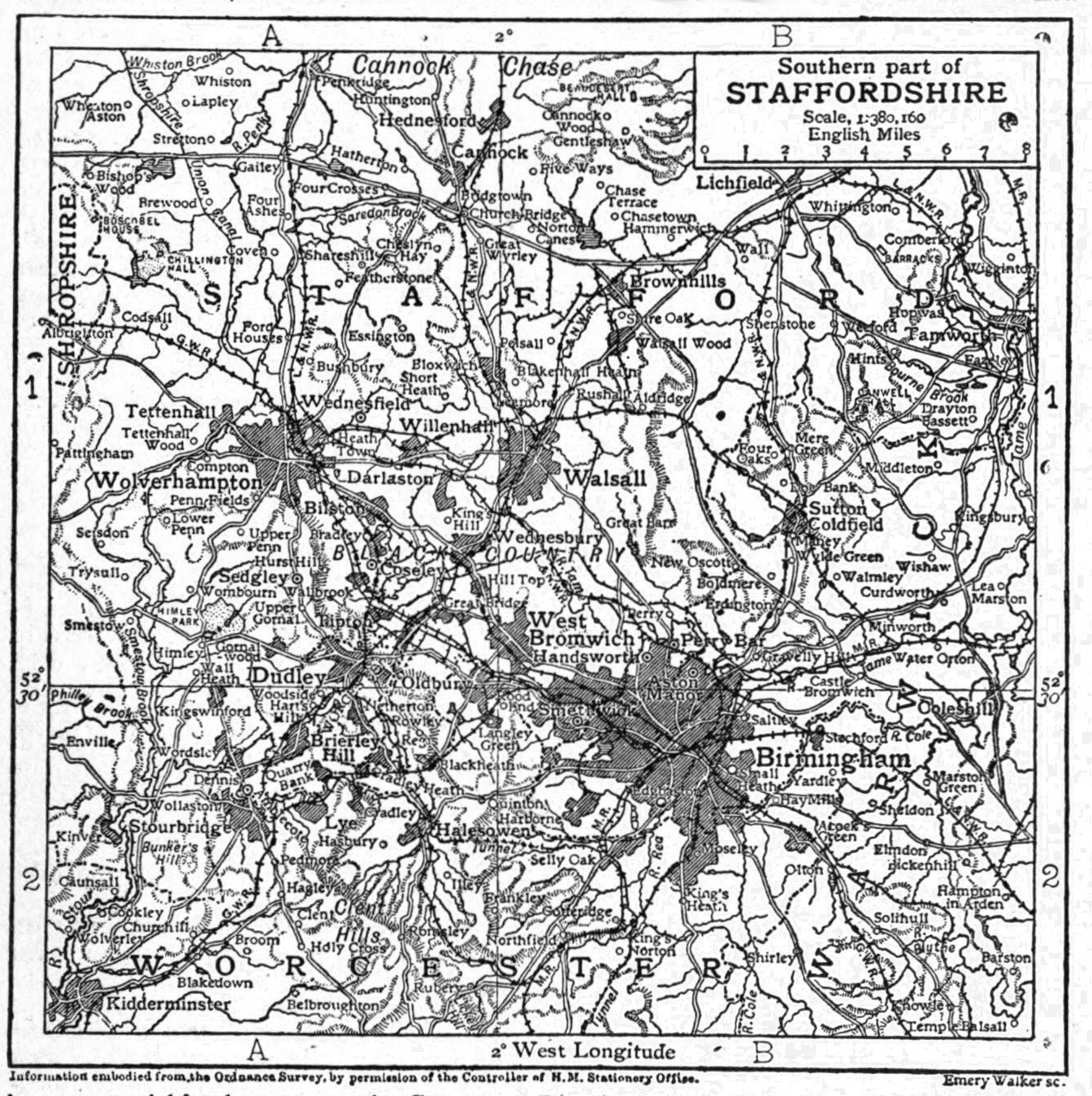|
List Of English Flags
This is a list of English flags, including symbolic national and sub-national flags, standards and banners used exclusively in England. The College of Arms is the authority on the flying of flags in England and maintains the only official register of flags. It was established in 1484 and as part of the Royal Household operates under the authority of The Crown. A separate private body called the Flag Institute, financed by its own membership, also maintains a registry of United Kingdom flags that it styles 'the UK Flag Registry', though this has no official status under English law. Certain classes of flag enjoy a special status within English planning law and can be flown without needing planning permission as advertisements. These include any country's national flag, civil ensign or civil air ensign; the flag of the Commonwealth, the United Nations or any other international organisation of which the United Kingdom is a member; a flag of any island, county, district, boro ... [...More Info...] [...Related Items...] OR: [Wikipedia] [Google] [Baidu] |
England
England is a Countries of the United Kingdom, country that is part of the United Kingdom. It is located on the island of Great Britain, of which it covers about 62%, and List of islands of England, more than 100 smaller adjacent islands. It shares Anglo-Scottish border, a land border with Scotland to the north and England–Wales border, another land border with Wales to the west, and is otherwise surrounded by the North Sea to the east, the English Channel to the south, the Celtic Sea to the south-west, and the Irish Sea to the west. Continental Europe lies to the south-east, and Ireland to the west. At the 2021 United Kingdom census, 2021 census, the population was 56,490,048. London is both List of urban areas in the United Kingdom, the largest city and the Capital city, capital. The area now called England was first inhabited by modern humans during the Upper Paleolithic. It takes its name from the Angles (tribe), Angles, a Germanic peoples, Germanic tribe who settled du ... [...More Info...] [...Related Items...] OR: [Wikipedia] [Google] [Baidu] |
Burgh
A burgh ( ) is an Autonomy, autonomous municipal corporation in Scotland, usually a city, town, or toun in Scots language, Scots. This type of administrative division existed from the 12th century, when David I of Scotland, King David I created the first royal burghs. Burgh status was broadly analogous to borough status in the United Kingdom, borough status, found in the rest of the United Kingdom. Following Local Government (Scotland) Act 1973, local government reorganisation in 1975, the title of "royal burgh" remains in use in many towns, but now has little more than ceremonial value. History The first burgh was Berwick-upon-Tweed, Berwick. By 1130, David I of Scotland, David I (r. 1124–53) had established other burghs including Edinburgh, Stirling, Dunfermline, Haddington, East Lothian, Haddington, Perth, Scotland, Perth, Dumfries, Jedburgh, Montrose, Angus, Montrose, Rutherglen and Lanark. Most of the burghs granted charters in his reign probably already existed as settle ... [...More Info...] [...Related Items...] OR: [Wikipedia] [Google] [Baidu] |
British Armed Forces
The British Armed Forces are the unified military, military forces responsible for the defence of the United Kingdom, its British Overseas Territories, Overseas Territories and the Crown Dependencies. They also promote the UK's wider interests, support international peacekeeping efforts and provide humanitarian aid. The force is also known as His Majesty's Armed Forces. Since the formation of the united Kingdom of Great Britain in 1707 (later succeeded by the United Kingdom of Great Britain and Ireland, and finally by the United Kingdom of Great Britain and Northern Ireland), the British Armed Forces have seen action in most major wars involving the world's great powers, including the Seven Years' War, the American Revolutionary War, American War of Independence, the Napoleonic Wars, the Crimean War, the First World War and the Second World War. Britain's victories in most of these wars allowed it to influence world events and establish itself as one of the world's leading mili ... [...More Info...] [...Related Items...] OR: [Wikipedia] [Google] [Baidu] |
Flag Of St Patrick
Saint Patrick's Saltire or Saint Patrick's Cross is a red saltire (X-shaped cross) on a white field. In heraldic language, it may be blazoned ''argent, a saltire gules''. Saint Patrick's Flag () is a flag composed of Saint Patrick's Saltire. The origin of the saltire is disputed. Its association with Saint Patrick dates from the 1780s, when the Anglo-Irish Order of Saint Patrick adopted it as an emblem. This was a British chivalric order established in 1783 by George III. It has been suggested that it derives from the arms of the powerful Geraldine or FitzGerald dynasty. Some Irish nationalists and others reject its use to represent Ireland as a "British invention" "for a people who had never used it". After its adoption by the Order of Saint Patrick, it began to be used by other institutions. When the Acts of Union 1800 joined the Kingdom of Ireland with the Kingdom of Great Britain, the saltire was added to the British flag to form the Union Flag still used by the United Kingd ... [...More Info...] [...Related Items...] OR: [Wikipedia] [Google] [Baidu] |
Flag Of St David
The flag of Saint David () represents the 6th-century Saint David (; – ), a Welsh bishop of Menevia and the patron saint of Wales. It is normally a yellow cross on a black field, but it has also appeared as a black cross on a yellow field or with an engrailed cross. Saint David's cross has been used as a flag to represent Wales, as a less frequently used alternative to the Red Dragon flag. England and Scotland primarily use patron saint flags of Saint George and Saint Andrew, respectively. It is similarly used in the Diocese of St Davids arms. On Saint David's Day it often plays a central role in the celebrations. Recent history A version of the flag was used as the shoulder badge of the 38th (Welsh) Infantry Division during the Second World War. The flag of Saint David was mostly unknown, even in Wales, until the 1990s. While there was a large one along the roof in St Davids Cathedral with the cinquefoils, very few others were in use. However, there w ... [...More Info...] [...Related Items...] OR: [Wikipedia] [Google] [Baidu] |
Historic Counties Of England
The historic counties of England are areas that were established for administration by the Normans, in many cases based on earlier Heptarchy, kingdoms and shires created by the Angles (tribe), Angles, Saxons, Jutes, Celts and the Danes (tribe), Danes and Norsemen, Norse in the North. They are alternatively known as ''ancient counties'', ''traditional counties'', ''former counties'' or simply as ''counties''. In the centuries that followed their establishment, as well as their administrative function, the counties also helped define local culture and identity. This role continued even after the counties ceased to be used for administration after the creation of Administrative counties of England, administrative counties in 1889, which were themselves amended by further local government reforms in the years following. Unlike the partly self-governing Ancient borough, boroughs that covered urban areas, the counties of medieval England existed primarily as a means of enforcing cent ... [...More Info...] [...Related Items...] OR: [Wikipedia] [Google] [Baidu] |
Ridings Of Yorkshire
A riding is an administrative jurisdiction or electoral district, particularly in several current or former Commonwealth countries. Etymology The word ''riding'' is descended from late Old English or (recorded only in Latin contexts or forms, e.g., , , , with Latin initial ''t'' here representing the Old English letter thorn). It came into Old English as a loanword from Old Norse , meaning a third part (especially of a county) – the original "ridings", in the English counties of Yorkshire and Lincolnshire, were in each case a set of three, though once the term was adopted elsewhere it was used for other numbers (compare to farthings). The modern form ''riding'' was the result of the initial ''th'' being absorbed in the final ''th'' or ''t'' of the words ''north'', ''south'', ''east'' and ''west'', by which it was normally preceded. [...More Info...] [...Related Items...] OR: [Wikipedia] [Google] [Baidu] |
Parts Of Lincolnshire
The three parts of the English county of Lincolnshire are or were divisions of the second-largest county in England. Similar in nature to the three ridings of Yorkshire, they existed as local government units until commencement of the Local Government Act 1972. The three parts were: * Lindsey in the north, itself traditionally divided into three ridings (North, South and West); * Kesteven in the south-west; and *Holland in the south-east. The three parts touched in a tripoint somewhere near Chapel Hill. Each of the parts had long had separate county administration ( quarter sessions), and each was created a discrete administrative county with its own county council in 1889. This arrangement lasted until 1974, when the three councils were replaced by a single Lincolnshire County Council, with northern Lindsey going to form part of the new County of Humberside (since abolished and replaced south of the Humber with two unitary authorities). Although the parts no lon ... [...More Info...] [...Related Items...] OR: [Wikipedia] [Google] [Baidu] |
Wessex
The Kingdom of the West Saxons, also known as the Kingdom of Wessex, was an Anglo-Saxon Heptarchy, kingdom in the south of Great Britain, from around 519 until Alfred the Great declared himself as King of the Anglo-Saxons in 886. The Anglo-Saxons believed that Wessex was founded by Cerdic and Cynric of the Gewisse, though this is considered by some to be a legend. The two main sources for the history of Wessex are the West Saxon Genealogical Regnal List and the ''Anglo-Saxon Chronicle'' (the latter of which drew on and adapted an early version of the List), which sometimes conflict. Wessex became a Christianity, Christian kingdom after Cenwalh () was baptised and was expanded under his rule. Cædwalla later conquered Kingdom of Sussex, Sussex, Kingdom of Kent, Kent and the Isle of Wight. His successor, Ine of Wessex, Ine (), issued one of the oldest surviving English law codes and established a second West Saxon bishopric. The throne subsequently passed to a series of kings wit ... [...More Info...] [...Related Items...] OR: [Wikipedia] [Google] [Baidu] |
East Anglia
East Anglia is an area of the East of England, often defined as including the counties of Norfolk, Suffolk and Cambridgeshire, with parts of Essex sometimes also included. The name derives from the Anglo-Saxon kingdom of the East Angles, a people whose name originated in Anglia (Angeln), in what is now Northern Germany. East Anglia is a predominantly rural region and contains mainly flat or low-lying and agricultural land. The area is known for considerable natural beauty. It shares a long North Sea coastline and contains one of the ten national parks in England, The Broads. Norwich is the largest city in the region. Area Definitions of what constitutes East Anglia vary. The Anglo-Saxon Kingdom of East Anglia, established in the 6th century, originally consisted of the modern counties of Norfolk and Suffolk and expanded west into at least part of Cambridgeshire, typically the northernmost parts known as The Fens. The modern NUTS 2 statistical unit of East Anglia compri ... [...More Info...] [...Related Items...] OR: [Wikipedia] [Google] [Baidu] |
Black Country
The Black Country is an area of England's West Midlands. It is mainly urban, covering most of the Dudley and Sandwell metropolitan boroughs, with the Metropolitan Borough of Walsall and the City of Wolverhampton. The road between Wolverhampton and Birmingham was described as "one continuous town" in 1785. The area was one of the Industrial Revolution's birthplaces. Its name was first recorded in the 1840s, and derives either from the thick coal seam close to the surface or the production of coal, coke, iron, glass, bricks and steel which produced high levels of soot and air pollution. Extent The Black Country has no single set of defined boundaries. Some traditionalists define it as "the area where the coal seam comes to the surface – so West Bromwich, Coseley, Oldbury, Blackheath, Cradley Heath, Old Hill, Bilston, Dudley, Tipton, Wednesbury, and parts of Halesowen, Walsall and Smethwick or what used to be known as Warley." There are records from the 18th century ... [...More Info...] [...Related Items...] OR: [Wikipedia] [Google] [Baidu] |
Village
A village is a human settlement or community, larger than a hamlet but smaller than a town with a population typically ranging from a few hundred to a few thousand. Although villages are often located in rural areas, the term urban village is also applied to certain urban neighborhoods. Villages are normally permanent, with fixed dwellings; however, transient villages can occur. Further, the dwellings of a village are fairly close to one another, not scattered broadly over the landscape, as a dispersed settlement. In the past, villages were a usual form of community for societies that practice subsistence agriculture and also for some non-agricultural societies. In Great Britain, a hamlet earned the right to be called a village when it built a church.-4; we might wonder whether there's a point at which it's appropriate to talk of the beginnings of French, that is, when it wa ... ''village'', from Latin ''villāticus'', ultimately from Latin ''villa'' (English ''vi ... [...More Info...] [...Related Items...] OR: [Wikipedia] [Google] [Baidu] |







